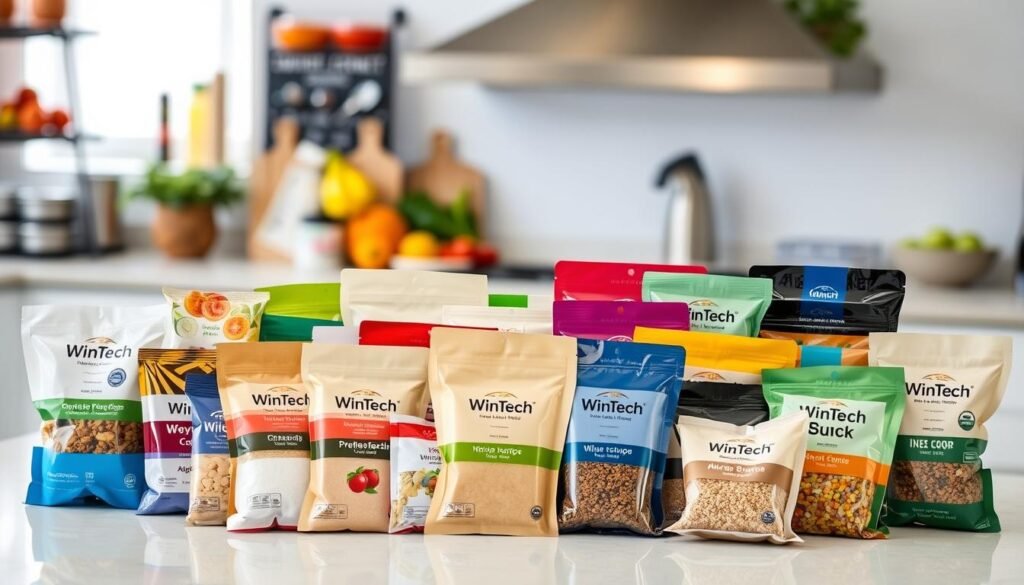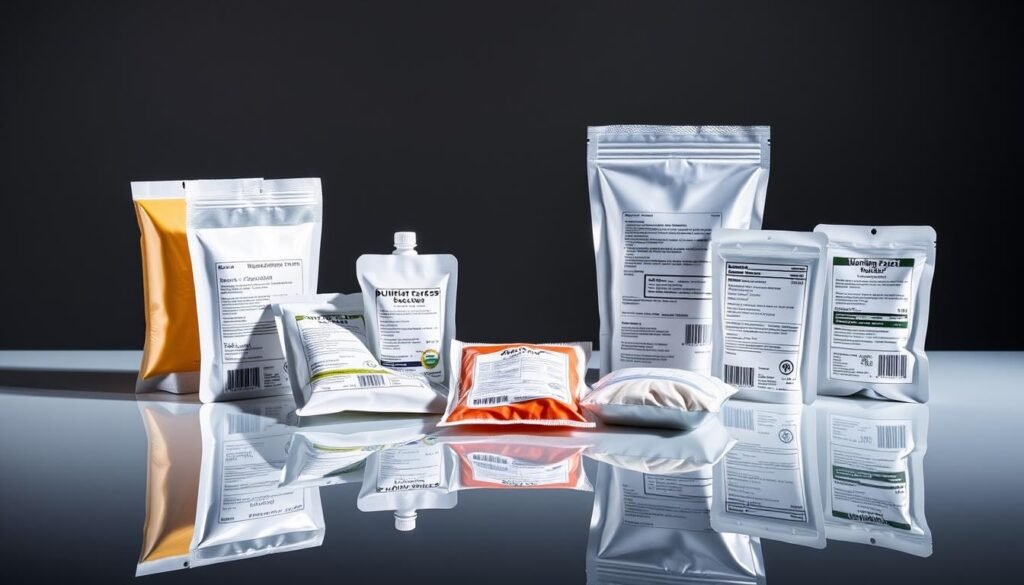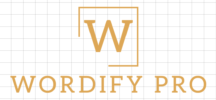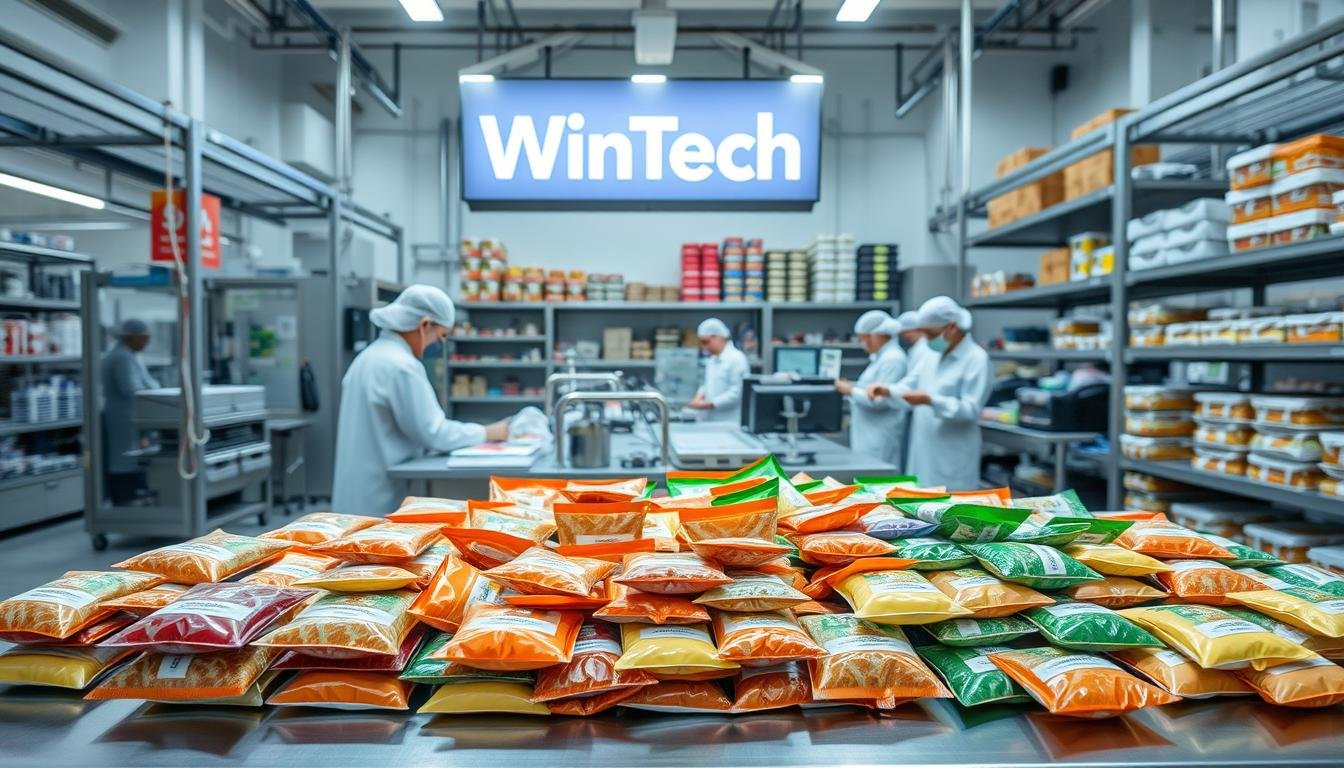Have you ever wondered how tiny single-use packets transform the food packaging landscape? What are sachets, and why are they becoming a critical component in modern food manufacturing? These compact containers are revolutionizing how products are packaged, distributed, and consumed across the United States.
What are sachets creating such buzz in the food industry? These small, sealed packets provide innovative solutions for packaging everything from condiments to pharmaceuticals. What are sachets offering manufacturers and consumers that traditional packaging cannot? The answer lies in their versatility, convenience, and regulatory compliance with strict FDA guidelines.
The U.S. food manufacturing sector recognizes What are Sachets vs. packets as a strategic packaging approach. Single-use packets enable precise portion control, reduce waste, and maintain product freshness. Manufacturers like Wintech Package are leveraging these compact containers to meet evolving consumer demands and regulatory standards.
Key Takeaways of What are Sachets
- What are Sachets provide innovative packaging solutions for food manufacturers
- FDA regulations play a crucial role in sachet production safety
- Single-use packets offer portion control and product preservation
- Packaging technology continues to evolve with consumer needs
- Compliance is essential in food manufacturing packaging strategies
Understanding What Are Sachets and Their Uses in U.S. Food Manufacturing
What are Sachets have revolutionized packaging across multiple industries, offering compact and convenient solutions for various products. From food to skincare, these small packets provide precise portioning and enhanced product protection. U.S. manufacturers have embraced sachets as a versatile packaging option that meets consumer demands for convenience and freshness.

Sachets are small sealed packets designed to contain single-use quantities of products. They come in various materials, including paper, plastic, and foil, each selected based on the specific contents and preservation requirements.
Defining Sachet Characteristics
Sachets typically feature key characteristics that make them valuable in food manufacturing:
- Precise portion control
- Lightweight packaging
- Extended product shelf life
- Protection from moisture and contaminants
Common Applications in Food Packaging
Food manufacturers utilize sachets in diverse applications. Tea sachets remain popular for brewing individual servings. Food sachets are used for condiments, spices, and instant meal ingredients. Specialized sachets help maintain product quality and provide convenient consumption options.
“Sachets represent a smart packaging solution that bridges convenience and preservation.” – Food Packaging Innovation Report
Benefits for the Food Industry
Sachets offer significant advantages for food manufacturers:
- Reduced packaging waste
- Enhanced product freshness
- Cost-effective distribution
- Improved consumer portion management
Beyond food, sachets have expanded into medicine and skincare, demonstrating their versatility in protecting and delivering sensitive products efficiently.
What Are Sachets: Regulatory Compliance Overview for U.S. Manufacturers
Navigating the complex landscape of sachet packaging regulations requires a deep understanding of federal guidelines. The U.S. Food and Drug Administration (FDA) provides comprehensive oversight for manufacturers producing sachets used in food and beverage industries. Your compliance with these regulations is crucial for ensuring product safety and market acceptance.

The regulatory framework for sachets packaging involves multiple critical components that manufacturers must carefully address. Understanding these requirements helps prevent potential legal challenges and protects consumer health.
FDA Regulations for Sachet Manufacturing
FDA regulations specifically address sachets through stringent guidelines that cover multiple aspects of production:
- Material safety for direct food contact
- Chemical composition verification
- Ingredient transparency requirements
- Packaging integrity standards
Compliance Requirements for Manufacturers
Compliance in travel sachets and other packaging formats demands meticulous attention to detail. Manufacturers must:
- Submit comprehensive documentation
- Conduct regular quality control tests
- Maintain detailed production records
- Implement robust traceability systems
Essential Labeling Information
Your sachets packaging must include specific mandatory information:
- Product name
- Net quantity
- Ingredient list
- Nutrition facts
- Allergen warnings
“Accurate labeling is not just a regulatory requirement—it’s a commitment to consumer trust and safety.” – FDA Food Packaging Guidelines
Staying informed about evolving FDA regulations ensures your sachet products remain compliant and competitive in the dynamic U.S. market.
Future Trends in What Are Sachets and Packaging Innovations for U.S. Market
The landscape of sachet packaging is rapidly evolving, with manufacturers focusing intensely on addressing sachets environmental impact. You’ll see innovative approaches emerging that balance convenience with ecological responsibility. The food industry recognizes the critical need to reimagine how sachets are designed, produced, and disposed of in the United States.
Emerging technologies are transforming what are sachets in the modern marketplace. Companies like Wintech Package are developing breakthrough materials that minimize waste while maintaining product integrity. These advancements include biodegradable polymers and smart packaging solutions that reduce environmental footprint without compromising the user experience.
Sustainability in Sachet Production
Your understanding of sachets must now include their environmental considerations. The FDA provides guidance on creating food packaging that meets both safety and sustainability standards. Manufacturers are investing heavily in research to develop sachets that can be easily recycled or naturally decompose, addressing consumer demands for more eco-friendly packaging solutions.
Advancements in Sachet Technology
Innovative sachet technologies are reshaping what are sachets in the U.S. market. Nanotechnology and advanced material sciences are enabling the creation of thinner, stronger, and more environmentally conscious packaging. You can expect to see sachets that not only protect food products but also actively contribute to reducing waste and environmental impact.
How Market Demands are Shaping Sachets in the U.S.
Consumer preferences are driving significant changes in sachet design and production. You’ll witness a shift towards portion-controlled, sustainable packaging that meets both convenience and environmental concerns. The future of sachets lies in creating solutions that are not just functional but also responsible, reflecting the growing environmental awareness of U.S. consumers.

